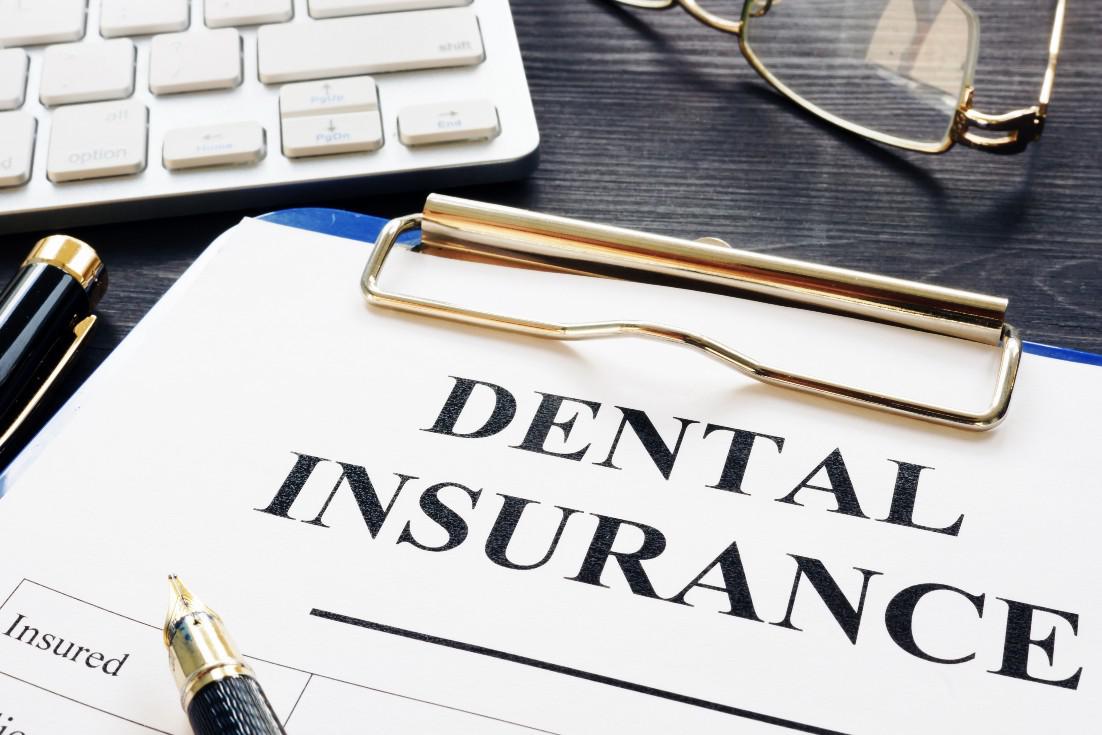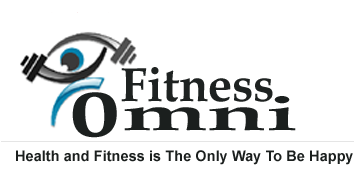It is no secret that dental health significantly impacts your well-being. If you experienced a toothache while you were far from home or just needed a crown repair when you thought your teeth were in tip-top shape, you would know that dental care is of primary importance.
Nevertheless, you do not have to wait until you are in pain before thinking about oral care. Your health insurance policy probably covers everything from preventative care to major surgeries, but many plans do not include dental coverage. So how do you select a dental plan that works best for you?
Table of Contents
Coverage Of Dental Insurance
Dental insurance pays a part of the cost of preventive services such as teeth cleanings, minor dental care like teeth fillings and tooth extraction, and significant care like dental crowns.
Most plans follow a 100-80-50 coverage structure. Your insurance will cover 100% preventive services, 80% minor Dental insurance costs, and 50% primary dental care. Here is what you can expect to get coverage for with a dental plan:

Kinds Of Dental Insurance Plans
Dental PPO:
Dental PPOs (Preferred Provider Organizations) are the most popular. Usually, these plans include an annual deductible and coinsurance. As soon as you reach your deductible, your dental plan will go into effect (and cover the costs as a part of the coinsurance) until you get your annual maximum benefit.
If you pick an in-network dentist, you can anticipate having your preventive care favors 100% covered. Based on your plan, you may require to pay a co-pay. If you decide to call a dentist out-of-network with this plan, your costs will be higher.
Dental HMO:
Dental HMOs (Health Maintenance Organizations) are some of the more affordable plans available. Usually, there is no deductible and only fixed fees for non-preventive dental services. Like a Dental PPO, your preventive care is typically 100% covered.
Your monthly costs for this plan are lower because you must choose a primary care dentist from a list delivered to you when you set up your plan. If you decide to see a dentist outside of the network, you will not get coverage.
HMO networks are typically smaller and based locally, so dentists will agree to provide services at a lower cost to the insurance company. Each non-preventive service has its set fee, so there is no annual maximum for covered services – but you will pay more due to your low monthly premium. Nevertheless, if your at-home oral care routine is pretty thorough and you don’t have any cavities, a Dental HMO might be a suitable option.

Dental Indemnity:
Dental indemnity plans are frequently known as fee-for-service plans. Usually, there is no network, so you can visit any dentist you want. Like a Dental PPO plan, you will get an annual deductible that you should meet before your coinsurance benefits begin. Following this plan, the amount you pay for services is affordable compared to other providers charging for a similar service.
Last Thoughts
The bright side of dental insurance is that coverage is satisfactory for preventive care, such as checkups, teeth cleanings, and dental X-rays, although they may be covered less frequently than keen dentists want you to have them.
Children and adults with dental advantages are more likely to visit a dentist, receive restorative care, and experience excellent overall health. Purchasing insurance may encourage you to get preventive care and avoid expensive and uncomfortable procedures.
Author bio:

Dr. Nabil Mockbil is an Orthodontist who received his DDS in 2001 from Umea University in Sweden, regarded as having the best dentist programme in Sweden for undergraduates. He’s now the founder of Swedish Dental Clinic – Dubai Marina.





